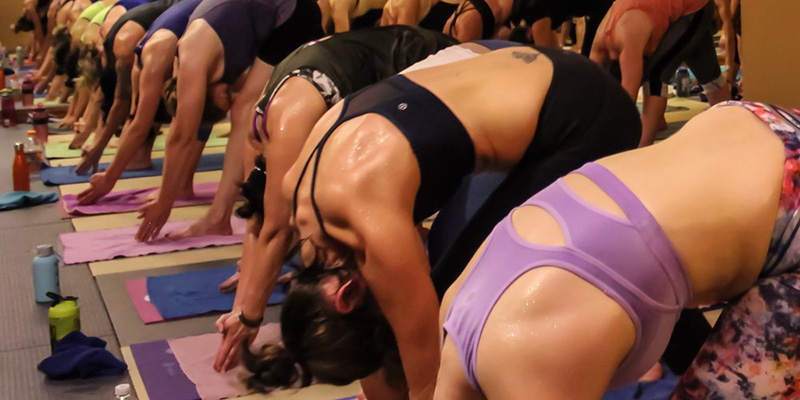When it comes to health, fitness, and rehabilitation, hot and cold therapy tends to be an area which people feel, well, pretty hot and cold about. There’s evidence on both sides of the thermometer, so to say, as far as when and if heat or ice may be helpful.
With respect to this mixed data, we’re offering you some ways to experiment with temperature modifications as a way to manage sore or injured muscles, joints, and other connective tissues.
5 Ways to Experiment with Hot or Cold Recovery Techniques for Training
1) Start with RICE—maybe.
The old rehab stand-by of RICE—rest, ice, elevation, and compression—has long been used as a way to manage swelling, alleviate pain, reduce inflammation, and slow tissue damage associated with acute injuries, like ankle sprains or muscle strains. This may be effective in certain instances, but it really depends on a case-by-case basis.
Such a stance is supported by a 2012 paper published in the Journal of Athletic Training. This article looked at randomized controlled trials studying the effectiveness of RICE, and overall found a relatively ambiguous consensus on whether the treatment actually works (renowned physical therapist and mobility guru Dr. Kelly Starrett certainly doesn’t seem to think so).
So while putting ice on a strained quad or sprained wrist (up to 20 minutes at a time to avoid nerve damage) may offer short-term relief, it probably shouldn’t be overdone.
You May Also Like: Show Your Body Some Love With These 4 Yoga Poses!
2) Try a heating pad for sore muscles.
As a general rule, heat is best avoided on acute injuries since, unlike the cold, higher temps actually increase local circulation and may cause inflammation to go haywire.
But heat can help relax muscle spasms and soothe discomfort (at least temporarily), so a heating pad or warm towel can feel great on sore muscles and nagging aches. Just be sure to check your skin, and don’t use on areas with poor sensation.
3) Generate your own heat through movement.
Active recovery days are great for physical (and mental) recovery, since they help loosen up stiff muscles and facilitate better circulation. Think of it like a self-generated heating pad! Try a long hike, an easy swim or jog, or even a hot yoga class, ideally followed by some stretching or foam rolling in your most restricted areas.
4) Experiment with a post-workout sauna.
Hyperthermic conditioning in the form of dry sauna use is getting a lot of attention these days, and there’s evidence to say it can temporarily relieve muscle soreness in addition to conferring other benefits, like increased human growth hormone production and improved endurance gains by potentially improving blood volume.
How to try? Sit in a sauna for 30 minutes post-workout at least 2 times per week—but definitely consult with your doc first! Alternatively—a hot bath with Epsom salts (aka, magnesium sulfate) may offer the perfect blend of spa-like feel plus achy muscle relief power (magnesium aids with muscle function).
5) Splurge on a whole body cryotherapy treatment—or DIY with an ice bath.
Some research finds whole body immersion in ice or a cryotherapy machine (check your local listings; they’re starting popping up everywhere) can improve tissue oxygenation. Whole body immersion may also slow cellular metabolism and oxidative stress in such a way to aid with recovery. Fair warning though: until you get numb, it’s going to feel very cold.
The bottom line? It’s up to you (and maybe, if relevant, your coach, personal trainer, physical therapist, and/or physician) to decide whether you should warm up to things like hot or cold therapy…or if you should ice them out. Experiment safely, pay close attention to how your body responds to these modalities, and be sure to employ other requisite tactics to aid with recovery and injury prevention (e.g., mobility, quality sleep, and on-point nutrition).
Questions or comments? We want to hear it! Share your thoughts below.



